Trigonometric Functions
Trigonometric functions relate angles of a triangle to the ratios of its sides, including sine, cosine, tangent, and their reciprocals.
What are the six basic trigonometric functions?
In mathematics, trigonometric functions (also called circular functions or angle functions) are functions of angles. Trigonometric function is usually defined as the ratio of two sides of a right triangle containing this angle, or equivalent to the length of various line segments on the unit circle. We use to indicate the angle. Trigonometric functions play an important role in studying the properties of geometric shapes such as triangles and circles, and are also a basic mathematical tool for studying periodic phenomena. The six basic trigonometric functions are sine/cosine/tangent/cotangent/secant/cosecant functions.

Trigonometric functions formulas
Trigonometric function formulas seem to be many and complex, but as long as you master the essence and internal laws of trigonometric function, you will find that there is a strong relationship between the various formulas of trigonometric function.

What is sine function?
Sine function is the ratio of the opposite side to the hypotenuse of a right triangle. The value of sine is:

What is cosine function?
Cosine is the ratio of the right angle edge adjacent to the acute angle to the hypotenuse. The value of cosine is:

What is tangent function?
Tangent function is the ratio of the side corresponding to the acute angle to another right angle side. The value of tangent is:

What is secant, cosecant and cotangent function?
Secant (sec), cosecant (csc) and cotangent (cot) are three additional functions derived from the principal functions of sine, cosecant and tangent. The reciprocal of sine, cosine, and tangent are respectively cosecant (csc), secant (sec), and cotangent (cot). The formulas for these functions are as follows:

All right, now that we have learned what is sine / cosine / tangent / secant / cosecant / cotangent function, let’s practice!
Trigonometric ratio table
The trigonometric ratio table for six trigonometric functions is:


